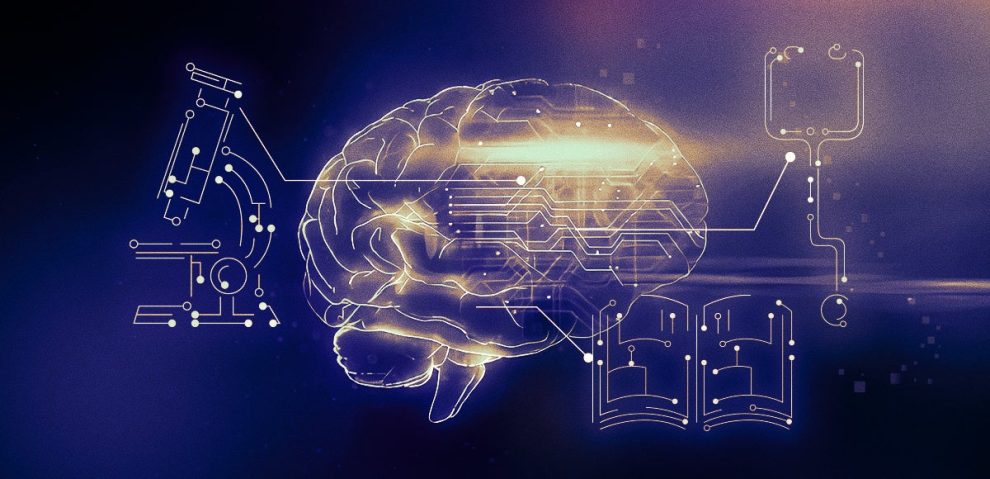The COVID-19 pandemic exposed glaring vulnerabilities in healthcare systems and pandemic preparedness plans worldwide. As countries scramble to bolster their defenses against future outbreaks, an innovative solution has emerged – leveraging AI (Artificial Intelligence) and simulations.
This dynamic duo offers policymakers and public health professionals a unique opportunity to test plans and protocols in an immersive, consequence-free virtual environment. By analyzing epidemiological data and modeling countless outbreak scenarios, AI-powered simulations create a robust training ground for pandemic response.
The Critical Need for Improved Pandemic Preparedness
Despite recent advancements, significant gaps remain in global pandemic preparedness, as evidenced by the heavy toll of COVID-19. These plans involve detecting emerging outbreaks early, implementing public health measures rapidly, distributing resources optimally, and coordinating international response efforts.
However, organizing real-world preparedness drills carries ethical dilemmas and logistical obstacles. What’s the solution? AI-driven outbreak simulations that provide granular, realistic and dynamically adaptable environments for strengthening pandemic readiness.
Traditional Exercises Come Up Short
Tabletop simulations have been a training staple for disaster response. But when it comes to preparing for highly infectious outbreaks, such exercises have limitations:
- They lack in-depth modeling of disease transmission, progression, and containment measures.
- Complex societal variables like population behavior and mobility are not accounted for.
- The scenarios are static, failing to capture the unpredictable evolution of real-world events.
This is where data-powered AI simulations step in to bridge critical preparedness gaps exposed by COVID-19.

AI and Simulations – A Formidable Team
Individually, AI and simulations offer tremendous value in analyzing data and predicting outbreak patterns. But together, they provide public health officials an unmatched virtual environment for testing pandemic readiness.
AI Provides Intelligent Data Analysis
At the heart of effective simulations lies robust data analysis – AI’s superpower. By processing volumes of historical information and real-time data, AI systems can decipher complex transmission patterns to feed into outbreak models.
The types of data analyzed include:
- Epidemiological trends – disease hotspots, transmission rates, mortality, etc.
- Mobility patterns – traffic, public transport use, footfall in social spaces.
- Health infrastructure – hospital bed capacity, medical supply levels, staffing numbers.
- Sentiment analysis – public perception and potential reactions to interventions.
Simulations Offer Customizable Virtual Environments
Armed with AI-enabled data intelligence, simulations can generate hyperrealistic pandemic scenarios tailored to test specific preparedness protocols and interventions like:
- Resource allocation and capacity scaling strategies.
- Messaging and public health education campaigns.
- Contact tracing and quarantine measures.
- Testing and vaccination implementation plans.
These simulated environments and customizable based on geography, population distribution, resource availability, and possible mutation paths of the virus.
4 Key Benefits of AI-Powered Simulations
Let’s examine how augmented simulations strengthen critical facets of outbreak preparedness:
1. Predictive Capabilities
AI algorithms trained on past epidemics can forecast the trajectory of emerging infectious diseases based on early surveillance data.
These predictive models help public health authorities make data-driven decisions about:
- Imposing and lifting mobility restrictions or lockdowns.
- Ramping up test kit production and vaccine development.
- Allocating hospital funding and equipment like ventilators to likely hotspots.
2. Personalized Interventions
By assessing individuals’ infection risk levels using metrics like pre-existing conditions, occupation, and behavior, AI systems can recommend tailored containment interventions including:
- Social distancing guidelines based on demographic factors.
- Prioritized access to vaccines, therapeutics and testing for high-risk groups.
- Location-based quarantine and self-isolation protocols.
This personalized approach improves compliance and pandemic control outcomes.
3. Adaptability
Unlike static tabletop exercises, AI-enabled simulations evolve dynamically in response to fresh data inputs. As the virtual outbreak progresses, the models integrate emerging real-world trends like:
- Viral mutations resulting in higher/lower transmission rates.
- New hotspots outstripping healthcare capacity.
- Shifting public sentiment towards health interventions.
This flexibility allows planners to continually stress-test pandemic plans and modify protocols to tackle developments on the ground.
4. Immersive Training
Simulations augmented by AI provide domain experts with engaging training environments, including:
- Virtual reality scenarios to establish testing facilities, communicate health advisories, and manage hospital loads.
- Augmented reality settings to practice contact tracing, containment zone delineation, and crowd control.
- Multiplayer environments enabling coordinated training across public health departments.
Such simulations prepare personnel for high-pressure decision-making during real-world outbreaks.
AI and Simulations Tackling Real-World Challenges
These technologies have already been deployed with tangible impacts across several domains:
Modeling Outbreak Patterns and Response Strategies
Global agencies like the WHO are developing platforms like GEMS (Global Epidemic Modeling and Simulation) to allow policymakers to visualize the spread of infectious diseases and test preparedness plans using AI-powered simulations.
Augmenting Real-Time Surveillance
In the US, CDC’s Emerging Threats Simulator combines predictive analytics with simulations to track emerging infectious diseases and inform health department action nationwide.
Containing Vector-Borne Diseases
Collaborative tools like Project EpiMap leverage AI and localized simulations to anticipate mosquito-borne outbreak risks and efficiently distribute vector control resources.
Overcoming Challenges in Implementation
Despite their immense promise, effectively deploying these technologies poses some ethical and practical hurdles:
Managing Ethical Concerns
As AI is integrated further into surveillance infrastructure and response protocols, anticipating biases and breaches will grow in importance. Simulation organizers will also need to ensure informed consent from all participants.
Balancing Data Privacy
While granular, individual-level data can enrich outbreak models, anonymizing information to protect privacy remains vital. Aggregating less-sensitive indicators may offer a balanced solution.
Promoting Accessibility
Proactively developing guidance and toolkits to assist resource-constrained nations in leveraging these technologies for preparedness will ensure inclusivity and collective resilience against pandemics.
The Future of Pandemic Preparedness
By providing sophisticated modeling capabilities coupled with customizable virtual training functionality, the duo of AI and simulations constitutes a gamechanger for pandemic planning and response.
As computational power and datasets grow, integrating smart algorithms with simulations will only scale in sophistication, allowing public health officials to stress-test systems against countless outbreak scenarios.
While judicious implementation is key, this technology pair heralds a new era of precise, adaptive and equitable pandemic preparedness worldwide.
















Add Comment